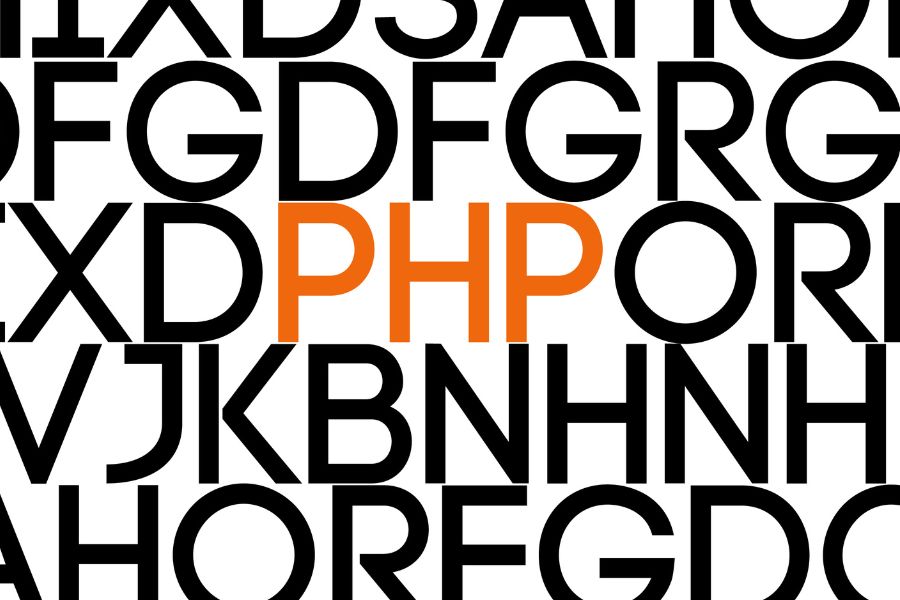The Journey of a Full Stack Developer

The Journey of a Full Stack Developer
In the digital era, the role of a Full Stack Developer is crucial for seamless, end-to-end software development. These developers are not just programmers; they are the architects of web technology, the backbone of internet applications, and the hybrid specialists in both front-end and back-end technologies. In this blog, we delve into the multifaceted world of full stack development—exploring the skills required, the challenges faced, and the continuous learning journey that defines the career of a Full Stack Developer.
What is a Full Stack Developer?
A Full Stack Developer is a technologist who has the knowledge and skills to handle all the work of databases, servers, systems engineering, and clients. Depending on the project, they can work on projects that involve databases, build user-facing websites, or even work with clients during the planning phase of projects. Essentially, they understand both client-side and server-side languages and frameworks, as well as the underlying infrastructure and networks.
Required Skills and Technologies
The toolkit of a Full Stack Developer is broad and diverse, encompassing both front-end and back-end technologies:
-
Front-End Technologies:The front end is what users interact with. It includes everything the user experiences directly: from fonts and colors to dropdown menus and sliders. Key technologies include HTML, CSS, and JavaScript, along with frameworks and libraries like React, Angular, or Vue.js.
-
Back-End Technologies:The back end is the server-side of an application, which handles the logic, database interactions, user authentication, and server configuration. Languages like Python, Ruby, Java, and Node.js are prevalent, alongside frameworks such as Django, Ruby on Rails, or Express.
-
Database Management:Every application involves data handling, requiring knowledge of database management systems like MySQL, PostgreSQL, or MongoDB.
-
Version Control and Testing:Full stack developers must also be adept in using version control systems like Git to manage changes to their projects, ensuring that progress is not lost and collaboration is streamlined. Testing is another critical area, requiring knowledge of automated testing frameworks to ensure the integrity and performance of the application.
Challenges Faced
The role of a Full Stack Developer is not without its challenges. The breadth of knowledge required can be daunting. Developers must keep up-to-date with the fast-paced changes in technology, frameworks, and best practices. There is also the challenge of mastering both front-end and back-end languages and tools, which can vary greatly in their design and implementation.
Continuous Learning and Adaptation
The field of full stack development requires a commitment to continuous learning. New libraries, frameworks, and tools are constantly being developed. The best full stack developers are those who spend time studying new technologies, participating in developer communities, and building projects that challenge their skills and push the boundaries of what they already know.
Conclusion
Being a Full Stack Developer means having the ability to create a complete web application from scratch. It is a role that offers immense flexibility and opportunity to impact every part of a web project. The journey is demanding but highly rewarding for those who enjoy problem-solving and continuous learning.
For budding developers or seasoned experts looking to enter the world of full stack development, remember that success lies in a blend of technical skills, continuous learning, and a deep understanding of both the minute details and the bigger system-wide picture.